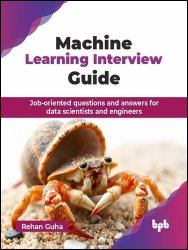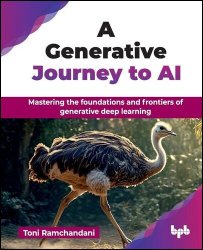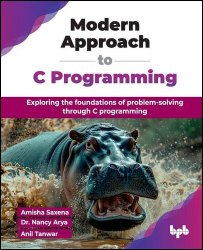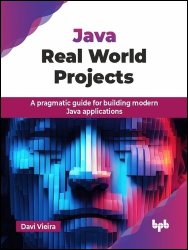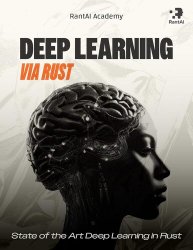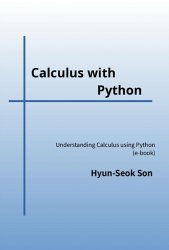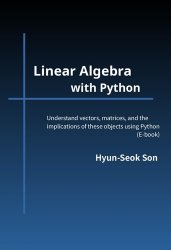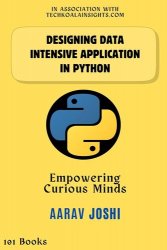- Добавил: literator
- Дата: 4-02-2025, 18:52
- Комментариев: 0
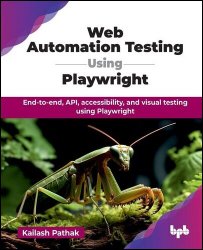 Название: Web Automation Testing Using Playwright: End-to-end, API, accessibility, and visual testing using Playwright
Название: Web Automation Testing Using Playwright: End-to-end, API, accessibility, and visual testing using PlaywrightАвтор: Kailash Pathak
Издательство: BPB Publications
Год: 2025
Страниц: 362
Язык: английский
Формат: epub (true)
Размер: 25.5 MB
The purpose of the book Web Automation Testing Using Playwright is to teach you how to use Playwright to automate your web testing. Playwright, a powerful automation tool developed by Microsoft, is a modern web automation framework that is fast, reliable, and easy to use. This book begins by introducing automation testing, its benefits, and Playwright, covering setup, scripting, and Playwright's architecture. It guides you through creating frameworks, selector strategies, and handling complex web elements like shadow DOM and iframes. Explore Playwright features such as Codegen, Inspector, UI mode, debugging with Trace Viewer, and generating detailed reports. Learn advanced techniques like building frameworks using Page Object Model (POM), integrating Cucumber/BDD, API testing, HTTP request interception, and accessibility and visual testing. Additionally, the book explores test execution in CI/CD tools, parallel testing, AI-driven test automation, leveraging generative AI like ChatGPT, and future trends in test automation. By the end of this book, you will be a web automation expert, writing efficient tests that validate web app functionality.

